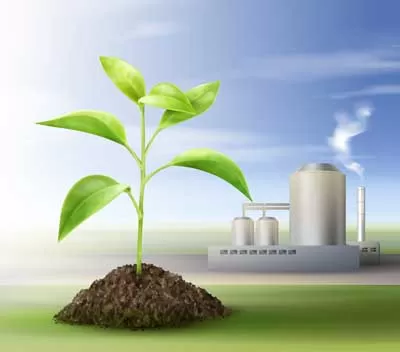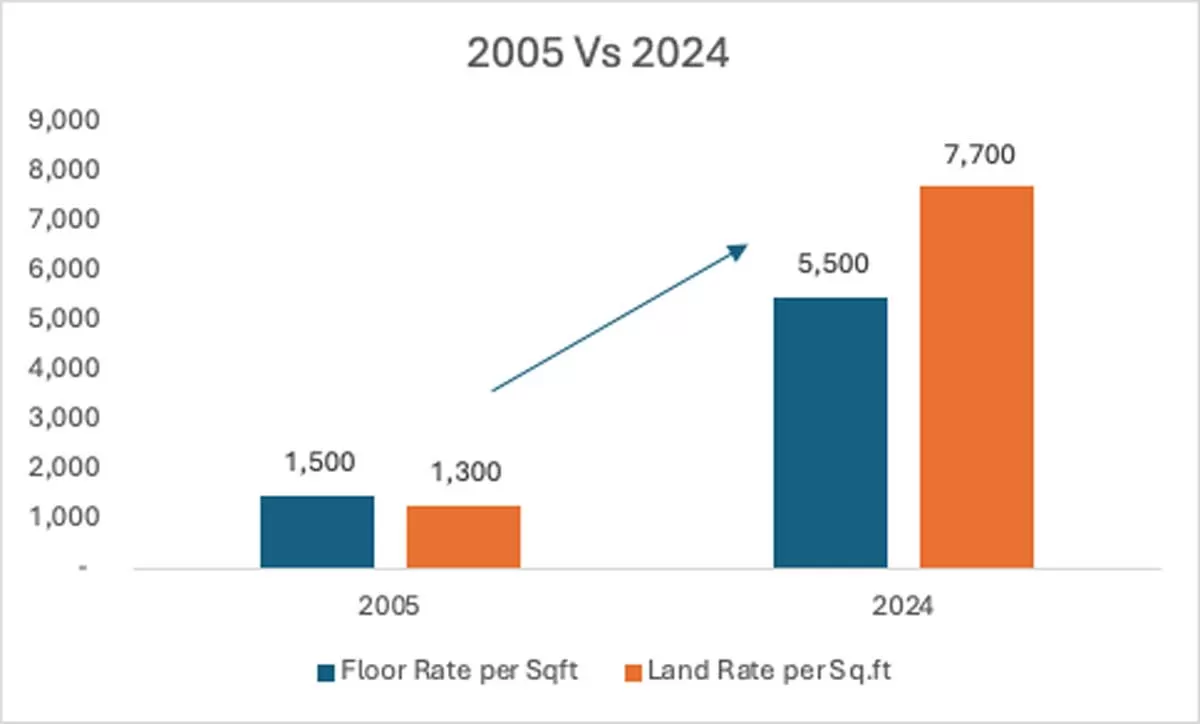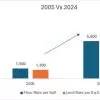Construction equipment demand peaked at 68,193 units in 2011 but sales declined successively for the next three years to 44,514 units in 2014. The trend reversed and the market started growing owing to the Government’s renewed focus on infrastructure development, related policies and administrative reforms and recorded a new all-time high of 98,286 units in 2018.The first quarter (January-March) of 2019 was the best in terms of sales of construction equipment, but then a sharp dip in demand was experienced following the general elections held in April and May.Tight liquidity in NBFCs, the slowdown in the economy and weak business confidence are the major reasons for lower demand for various products, including construction equipment.It was earlier assumed that demand would revive with the formation of a new government and after the monsoon period; accordingly,Off-Highway Research had predicted a 11 per cent decline in 2019. However, the country witnessed widespread rainfall leading to flooding in many areas across the country. Announcement of the full Budget in July with continued focus on infrastructure development has not yet been able to spur customer sentiment and the economy continues to indicate a slowing trend. Although some revival in demand over the previous month’s sales was witnessed during the August-October period, which is expected to continue in the last two months of the year, it does not look promising enough to offset earlier losses. Table 1:
India: Sales and forecast of construction equipment, 2018-2023 (units)
2018
2019*
2023*
%
Change
2018-2023*
Articulated dump trucks
-
-
-
-
Asphalt
finishers
1,201
950
1,350
+12
Backhoe loaders
45,552
40,000
45,000
-1
Compaction
equipment
5,691
4,850
7,000
+23
Crawler dozers
454
400
650
+43
Crawler
excavators
25,474
20,000
37,000
+45
Crawler loaders
1
5
5
+400
Mini
excavators
1,322
1,400
2,500
+89
Mobile cranes
11,827
9,500
13,500
+14
Motor
graders
1,606
1,200
2,400
+49
Rigid dump trucks
453
550
600
+32
RTLTs
228
250
450
+97
Skid-steer loaders
763
700
950
+25
Wheeled
excavators
-
5
5
-
Wheeled loaders
3,714
3,250
4,500
+21
Total
98,286
83,060
115,910
+18
Annual % change
+35
-15
+4
*Forecast
Source: Off-Highway Research
Vision and performanceIn the new Budget, the Government has stated its vision to become a $5 trillion economy by 2024 and announced its intention to invest Rs100 trillion on infrastructure development over the next five years. The requirement cannot be met only with public investment, so the Government is analysing different ways to attract domestic and foreign investments in the sector.The general atmosphere for infrastructure development in the country is conducive for growth in construction and mining activities. The Government is also monitoring all projects at the highest level to swiftly remove obstacles to their execution. Among recent developments, the Government has reduced the corporate tax, which will improve the bottomline of many companies, and the surplus will be reinvested in the business in the medium to long term. The Government has also announced a Rs250 billion bailout package for stalled housing projects with an intention to revive the real-estate sector. Further, the RBIhas transferred Rs1.76 trillion to the Central Government from its surplus, which would be utilised for public expenditure. The Government has proposed a recapitalisation of public-sector banks by Rs700 billion in the current budget and is also focusing on improving the health of NBFCs. One important proposal is to encourage public-sector banks to buy high-rated pooled assets of up to Rs1 trillion (in the financial year ending March 2020) of financially sound NBFCs, for which the Government will provide a one-time, six-month partial credit guarantee for the first loss of up to 10 per cent. The economy is not performing up to expectations. The GDP growth for the fourth quarter ended March 2019 stood at 5.8 per cent and that for the first quarter ended June 2019 was 5 per cent. Current economic indicators are also not favourable and GDP growth in the second quarter ended September may fall below 5 per cent. The problem is from the demand side and both government and private investments are needed to reverse the situation. However, such revival always takes considerable time. What could spur demand?India still has large gaps in its infrastructure and development of this area is a key economic driver that enjoys an intense government focus and should spur demand for construction equipment throughout the country.Considering the set of conditions prevailing in the country and other foreseeable factors at this moment, Off-Highway Research forecasts that the market for construction equipment will dip in 2019 but follow an upward trend thereafter during 2020-2023. The market is predicted to fall by 15 per cent to 83,060 units in 2019 but is expected to recover strongly by 13 per cent to 94,210 units in 2020 and a further 11 per cent to 104,610 units in 2021. Growth will continue even after this period but will moderate to 6 per cent in 2022 with the market touching 111,260 units in 2022 and growing by 4 per cent in in 2023 to peak at 115,910 units.

















